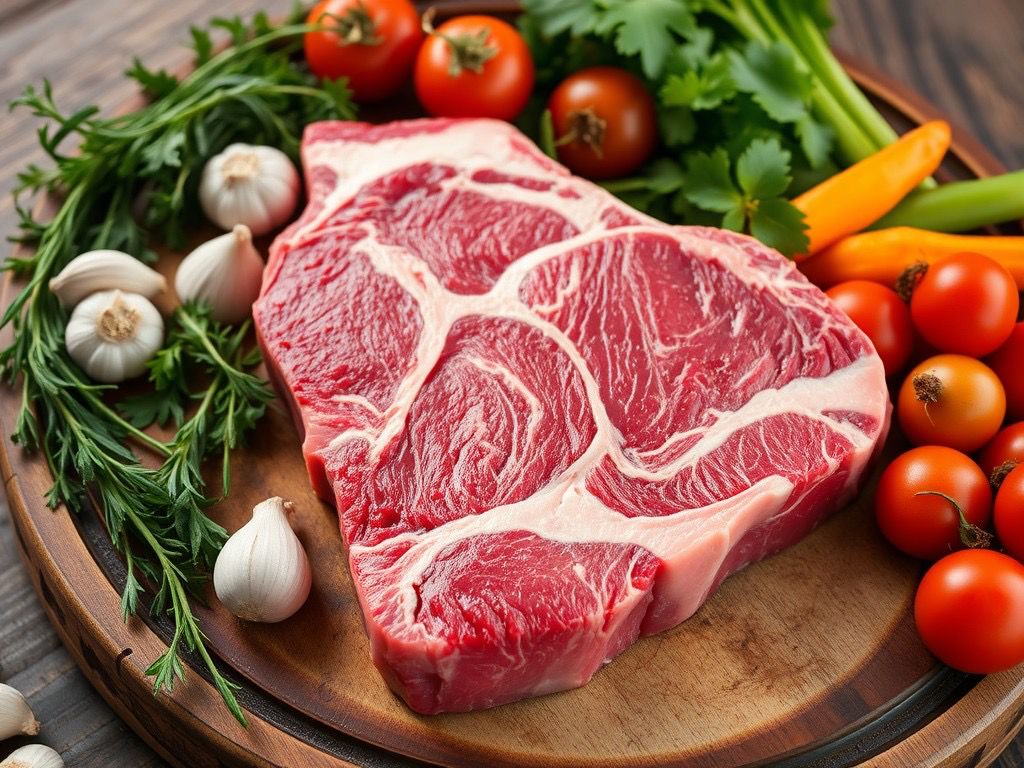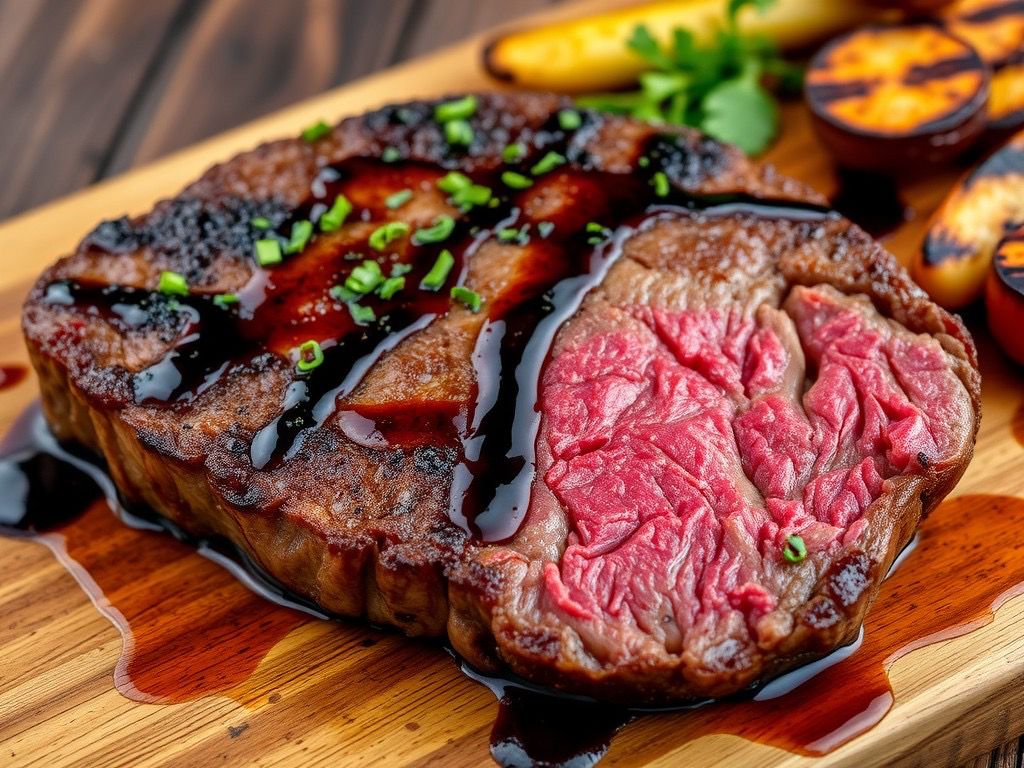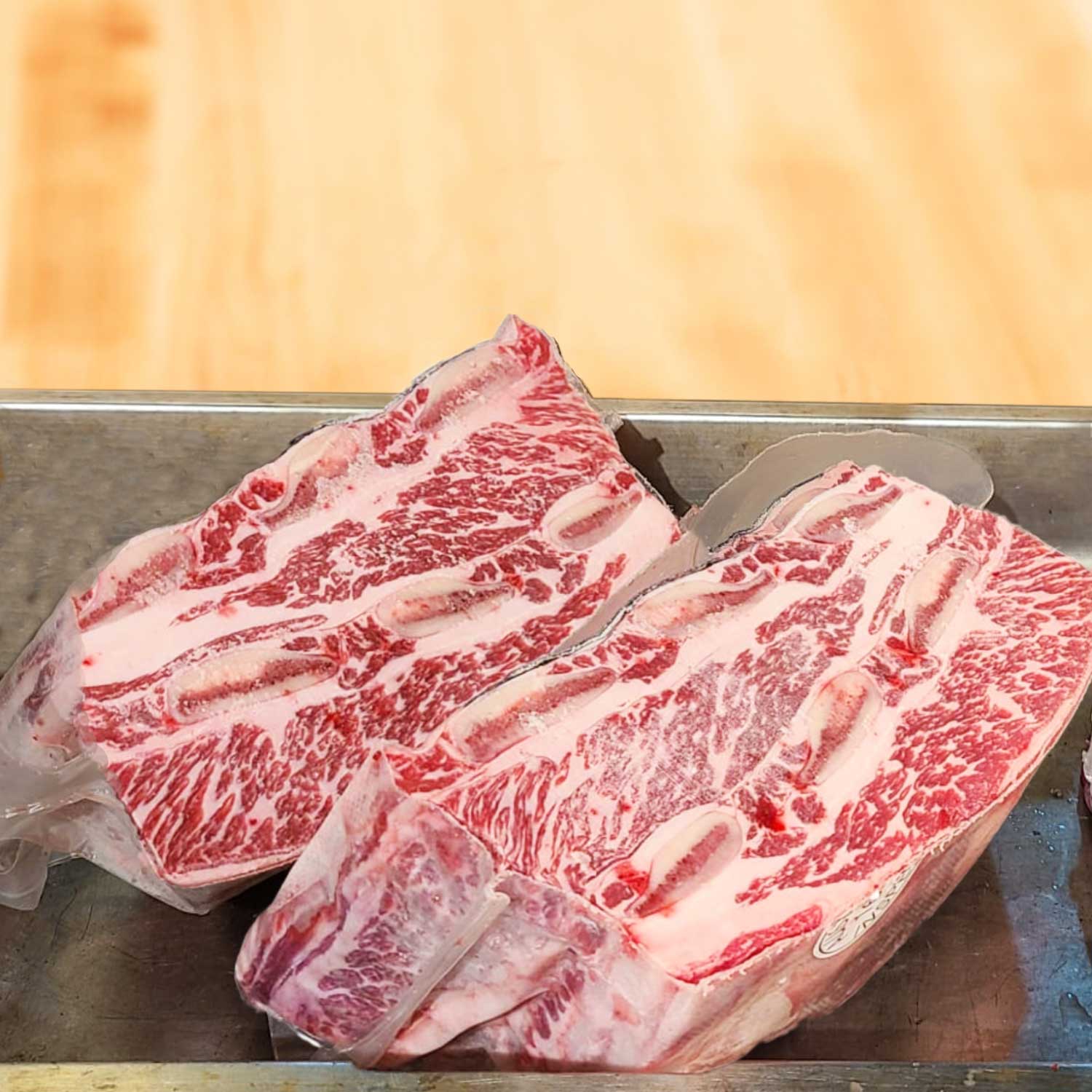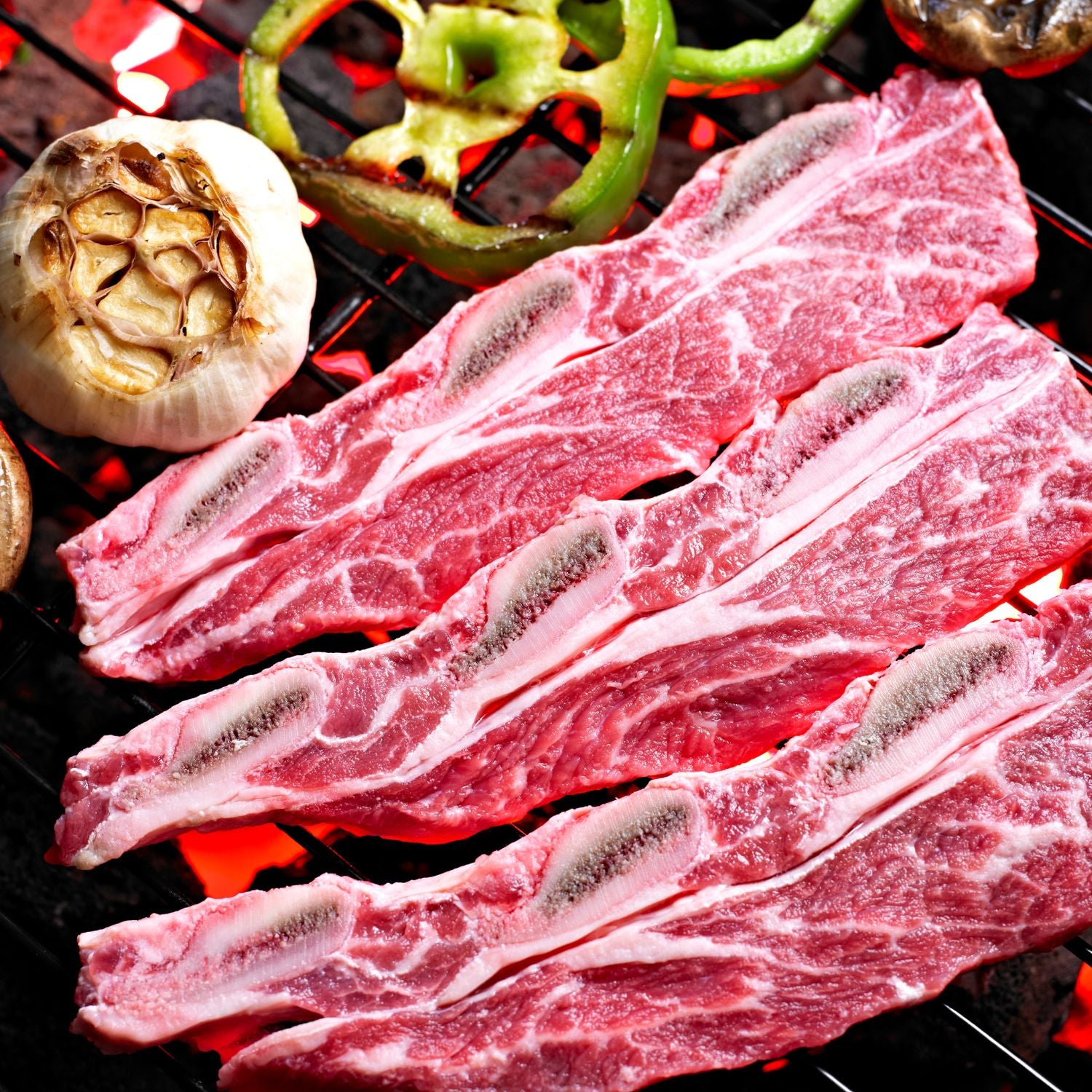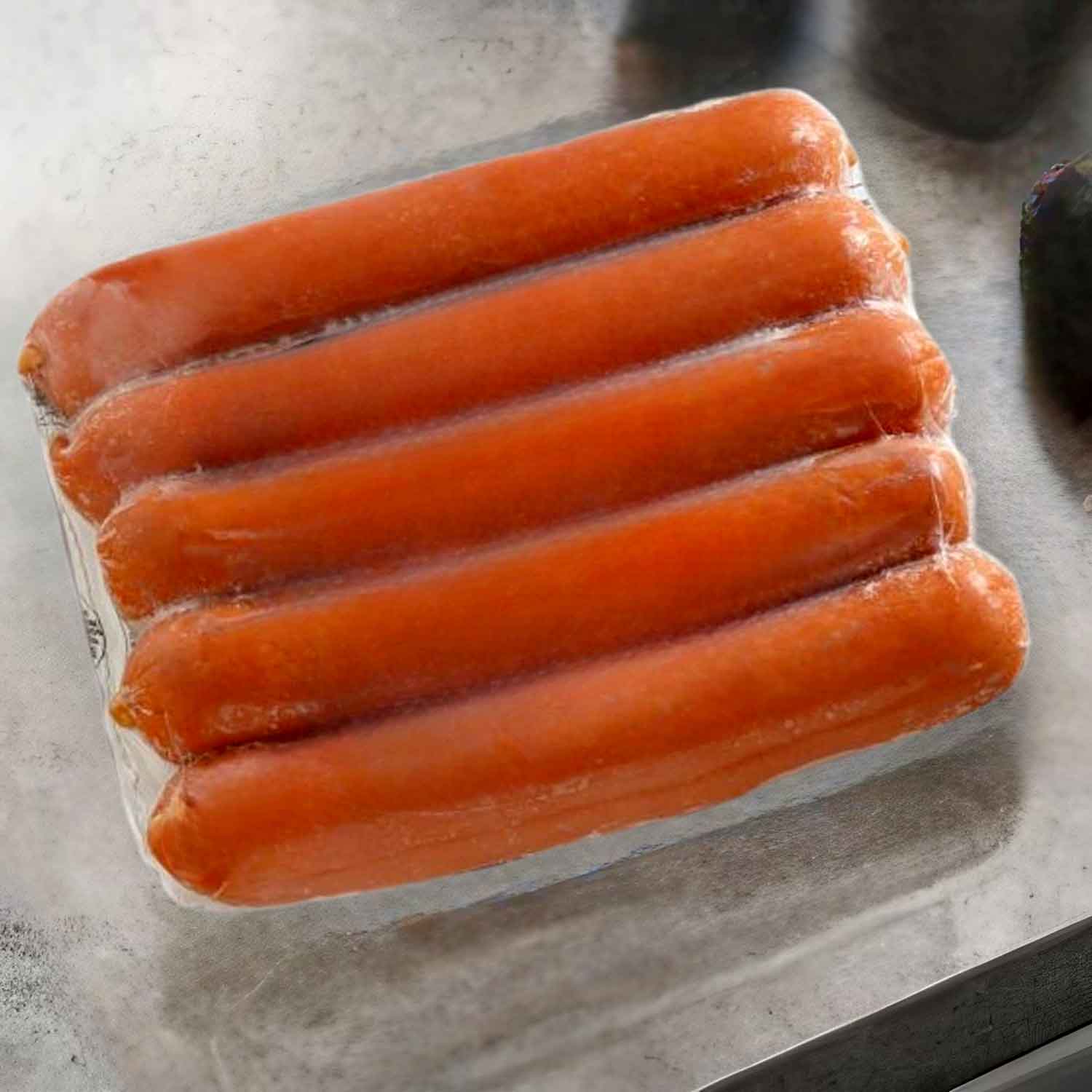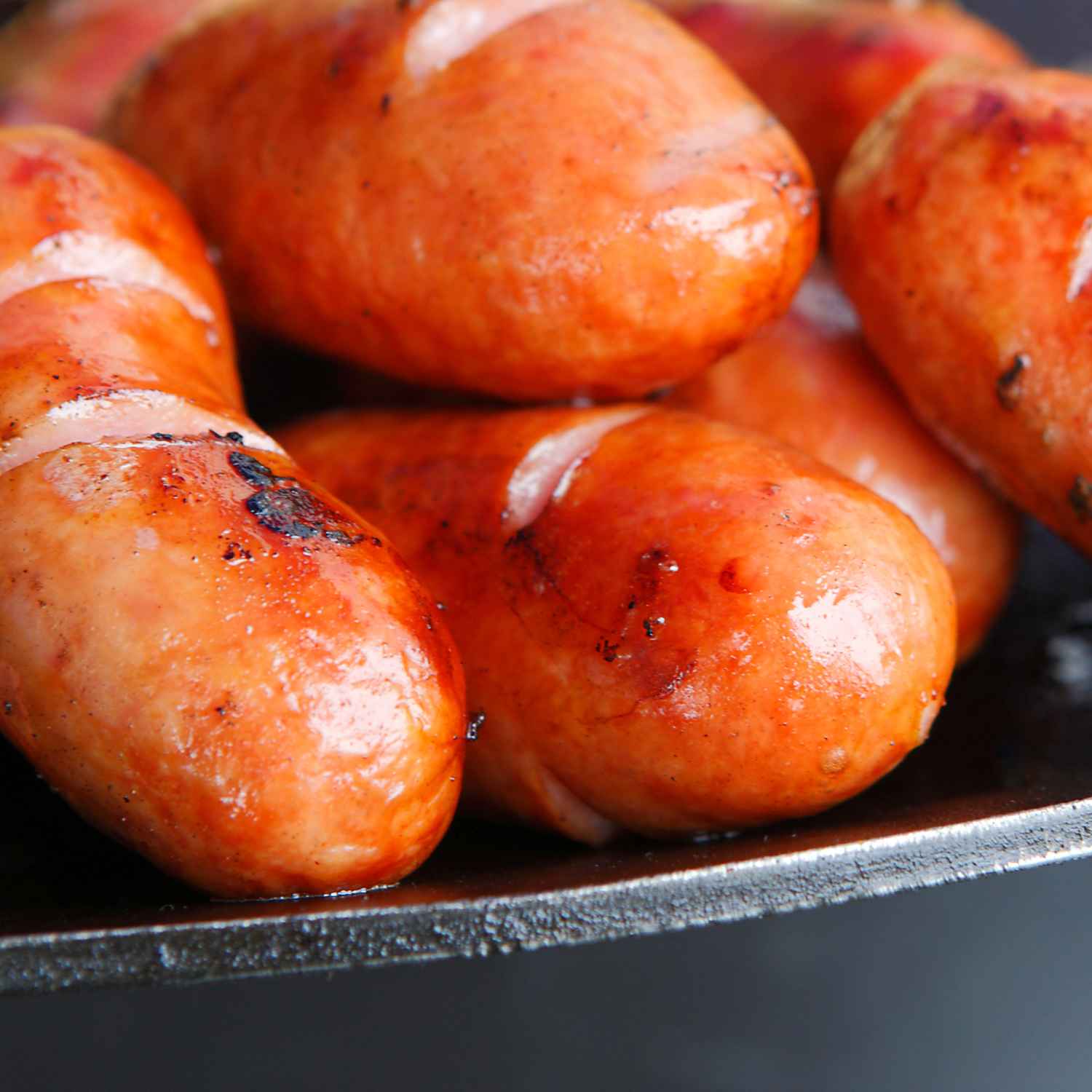Understanding Wagyu: A Deep Dive into the World of Japanese Beef
What Is Wagyu Beef?
Wagyu beef is a luxury meat known for its rich taste and tender texture. It comes from special Japanese cattle breeds. These cows are raised with care. They are given a diet that makes the meat have more fat. This fat is called marbling. Marbling is why Wagyu beef is so soft and juicy. In Hong Kong, Wagyu is highly prized for its flavor and quality. Chefs and home cooks love to make impressive dishes with it. Wagyu steaks can be cooked in many ways. Each method brings out a different taste.

The Origins of Wagyu: A Brief History
Wagyu, which translates to 'Japanese cow', has a rich history. It began in Japan centuries ago. These cattle were first used in agriculture as draft animals. Due to their hard work, they developed more intramuscular fat cells. This 'marbling' is key to the tender, flavorful meat we love today. During the Meiji Restoration in the 19th century, eating meat became more common in Japan. At this time, farmers began breeding Wagyu for consumption. This led to the creation of several breeds, known for their high-quality meat. The most famous breeds are the Black, Brown, Polled, and Shorthorn. Wagyu was closed off to the world until the late 20th century. This was when Japan began to export cattle. This allowed the rest of the world to experience this culinary delight. Today, Wagyu beef is highly sought after for its unique taste and texture.
The Unique Feeding Techniques and Care for Wagyu Cattle
Wagyu cattle are reared with special care. They eat a mix of grains and grasses. This diet boosts their health and meat quality. The feeding method is strict to ensure marbling. Marbling is fat spread within the muscle. It gives Wagyu its taste and tenderness. Wagyu cattle also get massages. These may reduce stress and muscle stiffness. Some farms play soft music for a calm atmosphere. All these steps lead to premium Wagyu beef.
The Ideal Steak: Choosing the Right Cut for Your Plate
Comparing Wagyu Cuts: Ribeye, Striploin, and More
Wagyu steak is a treat for any meat lover. Each cut has its own features. Ribeye is known for its marbling and flavor. Striploin is leaner but still juicy. Other cuts include tenderloin and sirloin. A good steak depends on the cut. For marbled fat, go for ribeye. If you like less fat, pick striploin or tenderloin. Sirloin balances flavor and tenderness. Choose based on your taste for fat and tenderness. For grill lovers, ribeye is a hit. For a balanced meal, try sirloin. Tender and mild? Go for tenderloin. Love intense flavor and marbling? Ribeye is best. Your choice will shape the meal. Think about what you love in a steak. Then pick your Wagyu cut. Hong Kong offers top-grade Wagyu. Enjoy exploring these delicious options.
Best Practices for Selecting Premium Beef Steaks
To choose the best steak, consider a few things. Look at the marbling - white flecks in the meat. These give flavor and tenderness. Think about the cut as well. Tenderloin is soft but less flavorful, while ribeye has more fat and taste. For Wagyu, pick a cut that shows its quality, like sirloin or ribeye. Always check for freshness. The steak should be red, not brown. Smell it too. It should not have a bad odor. For the best experience, buy from reputable Hong Kong butchers.
The Role of Marbling in Wagyu: Why It Matters for Your Steak
Marbling refers to the fine white streaks of fat in beef steaks. It's key for flavor and tenderness. A high marbling score means melt-in-your-mouth texture. For Wagyu, marbling is a hallmark quality. It’s what sets it apart from other beef. In Hong Kong, steak lovers treasure Wagyu’s intense marbling. It contributes to a luxurious eating experience. Hence, when choosing Wagyu, look at the marbling. It will tell you about the steak’s potential richness. Remember, more marbling usually equals a juicier, more flavorsome steak.
From Grill to Table: Perfecting Your Steak Cooking Techniques
Essential Tools and Accessories for Steak Cooking
Cooking a premium steak, like Wagyu, needs the right tools. First, a reliable grill, either gas or charcoal, is key. A high quality, heavy-duty cast-iron skillet is good for searing. You'll need tongs for safe handling of the steaks. A meat thermometer helps cook to the perfect level. A timer ensures precise cooking times. With a sharp knife, you can check doneness without too much damage to the steak. Finally, a cutting board for resting and slicing the steak is essential.
Step-by-Step Guide to Preparing Wagyu Steaks for the Grill
- Take your Wagyu steak out of the fridge. Let it rest until it reaches room temperature.
- Pat the steak dry with paper towels. Remove any excess moisture on its surface.
- Season the steak lightly with salt. If you prefer, add black pepper or herbs. But use them sparingly.
- Preheat your grill. Aim for a high, steady temperature.
- Oil the grill lightly. This prevents the steak from sticking.
- Place your Wagyu steak on the grill. Set it down gently to maintain its shape.
- Flip the steak carefully. Only turn it once for an even cook.
- Use a meat thermometer to check doneness. Aim for your preferred level of cooking.
- Rest the steak after grilling. Allow its juices to redistribute for better flavor.
- Slice against the grain. This will ensure the steak is tender and enjoyable to eat.
Tips for Cooking the Perfect Steak: Timing, Temperature, and Techniques
- Preheat the Grill: Ensure your grill reaches the right temp. For Wagyu, aim for a medium-high heat.
- Room Temperature: Let the steak sit out until it's at room temp. This can take about 30 minutes.
- Dry Surface: Pat the steak dry. This promotes better searing and a delicious crust.
- Oil and Salt: Just before cooking, lightly oil and generously salt the steak.
- Searing: Place the steak on the grill. Cook each side to get a rich, golden-brown sear.
- Internal Temp: Use a meat thermometer. For medium-rare Wagyu, aim for an internal temp of 130°F.
- Resting: After cooking, let the steak rest. This redistributes the juices. Allow at least 5 minutes.
- Slicing: Slice against the grain. This cuts the muscle fibers, making the steak more tender.














